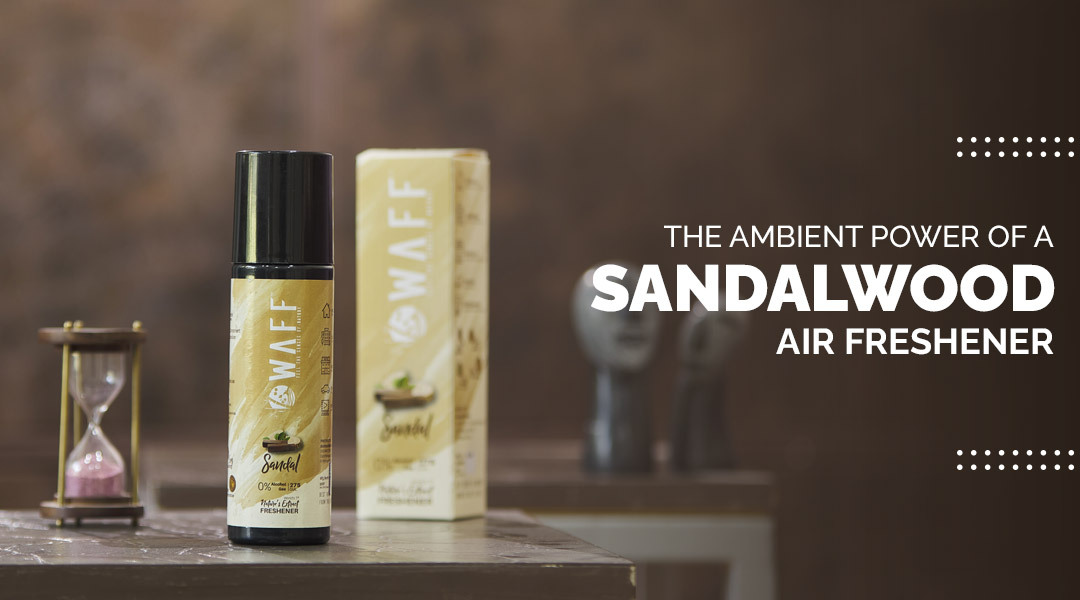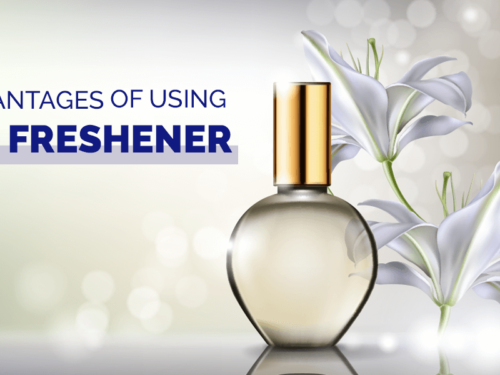
[vc_row][vc_column][mpc_textblock content_width=”100″]
One of the finer aspects humans enjoy in habitation is the beautiful fragrances and exotic blends. In this blog, we will talk about the ambient power of a sandalwood air freshener.
Where did this originate from, and is the concept of a sandalwood air freshener old or recent? The fragrance of sandalwood was graced by the glorious civilizations of India, Egypt, Greece, Rome, and even Ceylon some 4000 years ago.
Especially when it comes to India and Egypt, these sandalwood blends were integral parts of the embalming processes and spiritual rituals. However, Hindus were more likely the first ancient culture to use the burning of incense as a part of their traditions.
Many ancient Indian temples had doors, incense, and pastes made from sandalwood. Also, unlike other perishable fragrances, sandalwood can be retained and still have its original fragrance after decades if stored correctly.
At one point, sandalwood was considered an extremely masculine scent until a sweet fragrance was created specifically for women with the notes of sandalwood, musk, orange blossom, stephanotis, and lily.
Facts about a Sandalwood Blend
Today, sandalwood is the most sought-after, luxurious blend produced in significant quantities. A few trivial facts about the sandalwood blend and the sandalwood essential oil.
- Sandalwood tree takes 40 years to reach maturity. The tree grows up to 50 ft., and a single tree will produce up to 200 kg of Sandalwood oil.
- Sandalwood is associated with numerous religions around the world. It is considered highly holy according to Hindus. Its paste is used in most Hindu rituals.
- Buddhists use sandalwood to produce incense for worshipping.
- Sandalwood trees are semi-parasitic. They can survive independently as their natural tendency is to steal nutrients from nearby plant roots.
- The sandalwood scent can last for decades if it is appropriately preserved.
- Due to the high demand, sandalwood trees are protected by the local governments.
Why is Sandalwood Fragrance powerful?
The bright aroma of the sandalwood with a wood-based note creates an aphrodisiac. Sandalwood scent is highly priced among women. It is commonly used in baths and personal care products.
When you want to buy an air freshener online, Sandalwood is the way to go. This air freshener is usually featured in hotels and inns for travelers to create lasting memories of that specific location in their minds of the traveler.
Kept as a base, sandalwood perfectly blends with rose, clean lemon, herbal geranium, complex bergamot, and fresh, sweet orange. When wearing the sandalwood fragrance, it gives a magical experience to the wearer due to its power.
The sandalwood air freshener gives out an aura of positivity and a heavenly feeling that makes the wearer feel strong and powerful.
Examples of the most delicate blended Sandalwood fragrances
Sandalwood and Rose
The classic attar, sandalwood paired with rose, is a perfume used for ages. This blend is also used in medicines. The combination is often also found in skin care products and fragrances, inspiring romance.
Shalimar
Shalimar is one of the most popular fragrances with notes made of bergamot, lemon, jasmine, iris, vetiver, patchouli, tonka bean, opopanax, frankincense, musk, leather, vanilla, civet, and ambergris. It is considered an oriental, luxury perfume.
Sandalwood and Myrrh
A scent that gives out the feeling of a summer’s day, Sandalwood and Myrhh create a feeling of a dry, warm, and woody fragrance. Myrrh enhances the woody and exotic elements of sandalwood.
Conclusion
Sandalwood is one of the most exotic ingredients, which produces aromatic fragrances, perfumes, skincare products, air fresheners, and even products for religious rituals. Sandalwood transports the wearer of its aroma to heavenly bliss and gives the users a magical experience.
[/mpc_textblock][/vc_column][/vc_row][vc_row el_id=”1660821552215-f2af8d7b-792f”][vc_column el_id=”1660821552218-3dff97e5-1c3d” css=”.vc_custom_1660821570910{margin-top: 40px !important;}”][vc_custom_heading text=”Frequently Asked Questions”][vc_tta_accordion][vc_tta_section title=”Q.1 What are the benefits of sandalwood scent?” tab_id=”1660821609150-0d8a7fc0-564f”][mpc_textblock content_width=”100″]
Ans. The sandalwood is a sweet scent, the soft scent induces relaxation and calmness, promotes positive thinking, Clarity and aids concentration.
[/mpc_textblock][/vc_tta_section][vc_tta_section title=”Q.2 How do you use sandalwood fragrance?” tab_id=”1660821609174-919b59dd-0469″][mpc_textblock content_width=”100″]
Ans. This scent you can use to treat your headaches and migraines, apply it to your body as an anti-inflammatory and anti-bacterial agent.
[/mpc_textblock][/vc_tta_section][vc_tta_section title=”Q.3 What does sandalwood mean spiritually?” tab_id=”1660821702866-52b048a7-c18c”][mpc_textblock content_width=”100″]
Ans. This scent is the most commonly used incense for meditation, prayer, and other spiritual practices across multiple religions.
[/mpc_textblock][/vc_tta_section][/vc_tta_accordion][/vc_column][/vc_row]


